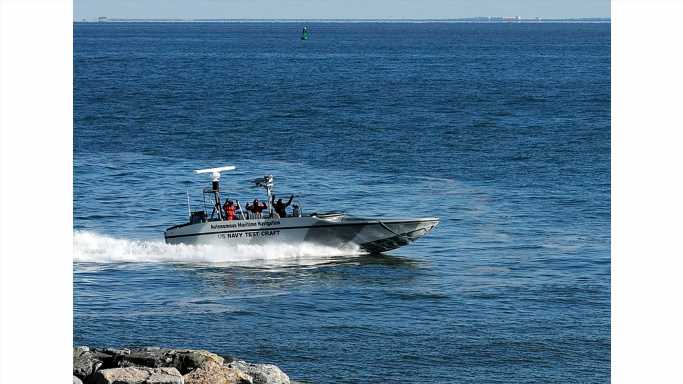The Future Weapons the US is Spending Billions in R&D On
In August 2023, the U.S. Navy announced it would extend the life of four Arleigh Burke-class destroyers, which will keep them in service well into the 2030s. The announcement came at the same time the Navy contracted shipbuilders General Dynamics and HII to construct nine of the latest variant, or flight III, Arleigh Burkes.
Like the latest iPhone or Ford F-150 truck, these warships have rolled off the assembly line with ever-increasing technological capabilities that emerge through research and development, testing, and evaluation. Unlike commercial products, however, upgrading or introducing new weapons systems is very expensive, well above what it costs to build, deliver, and deploy them.
To identify the 30 weapons the U.S. is spending billions on in research and development, 24/7 Wall St. reviewed the U.S. Department of Defense Budget FY 2024 Request. For the 30 defense systems listed here, the DOD plans to spend at least $700 million in research and development, testing, and evaluation spending in the three fiscal years ending in September 2024. Weapons are sorted in order of total RDT&E spending for those three years.
Spending is particularly large for the most advanced weapons programs. For example, RDT&E spending on upgrading an existing system, Arleigh Burke-class destroyers, amounted to over $700 million in the last three years. The U.S. Navy began procuring the destroyers in 1985 and spent a total of $17.3 billion on the program over the last three years — the fourth most. (See the U.S. military’s 36 oldest weapons still in service.)
The most expensive U.S. defense systems based on total spending over the three fiscal years ending in 2024 are Lockheed Martin’s Virginia-class attack submarine and the F-35 joint-strike fighter jet.
The Navy has been procuring the $3 billion high-tech, nuclear-powered Virginia-class general-purpose sub at a rate of two per year since 2011, according to the Congressional Research Service, and it is costing nearly $25 billion over this three-year-period, including nearly $1 billion in RDT&E over the the last three years..
The F-35 fighter program, whose planes are used by the Air Force, Navy, and Marine Corps, as well as the armed forces of several other nations, is the largest procurement program of the DOD. Total spending on the F-35 program will top $37 billion in the three years ending in 2024, including $6.7 billion in RDT&E spending over that time.
The costliest U.S. defense program based on current RDT&E spending is the Overhead Persistent Infrared Space Based Missile Warning System. The OPIR polar-orbiting satellites will soon replace the existing network of satellite-based infrared sensors. But the system isn’t cheap. RDT&E spending in the three fiscal years through FY2024 will total nearly $11.8 billion for a total spending of $12.2 billion in this three-year period.
Another weapons system the DOD is spending the most on in RDT&E over the three years ending in 2024 is the LGM-35A Sentinel ballistic missile, which will replace the the aging LGM-30 Minuteman III intercontinental ballistic missile, which carry nuclear warheads. The DOD RDT&E spending on the Sentinel in FY 2022-2024 is $9.8 billion, for a total program spending during that time of $10.4 billion. The Sentinel ICBM would modernize the land-based leg of the U.S. nuclear triad. (This is the country with the most nuclear weapons.)
Here are the weapons the U.S. is spending billions on in R&D.
Click here to see our detailed methodology.
Sponsored: Find a Qualified Financial Advisor
Finding a qualified financial advisor doesn’t have to be hard. SmartAsset’s free tool matches you with up to 3 fiduciary financial advisors in your area in 5 minutes. Each advisor has been vetted by SmartAsset and is held to a fiduciary standard to act in your best interests. If you’re ready to be matched with local advisors that can help you achieve your financial goals, get started now.
Source: Read Full Article

